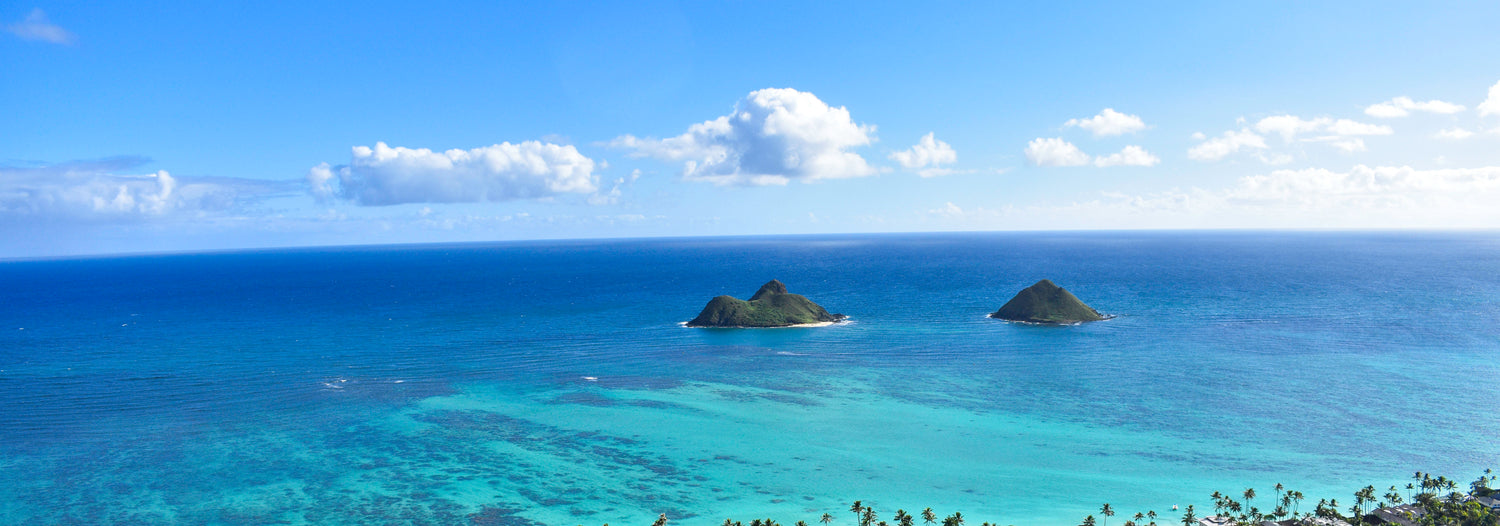
Aloha News

100% Natural Rubber: Ancient Art, Innovation & A Modern Miracle
When it comes down to rubber materials in shoes, does it matter whether the shoe you want to buy is made with 100% genuine rubber or a synthetic rubber?
In short, the answer is yes. When a shoe is made with real rubber, it is going to last you longer, protect your feet better, and keep you consistently dry, among other benefits. For all of these reasons, genuine rubber is an excellent resource in the making of shoes.
Rubber has a high rate of resiliency, meaning that it can easily return to its original shape when pressed or stretched. This is great when it comes to the soles of shoes because the sole of the shoe will last a long time, even when getting stepped on in continual use.
Rubber is also very hard to damage. Because it is so tough, it is very resistant to cuts, tears, and chips, so when you wear shoes with a rubber sole your feet are being very well protected.
While rubber is doomed in intense heat like heat from a fire, it is resistant to hot climates---you don’t have to worry about walking around in Hawaii and having your shoes melt off your feet. In fact, genuine rubber would have to be exposed for a long period in heat hotter than 170 degrees Fahrenheit.
Rubber is also good at adhering to other materials, which makes things nice in the production of shoes and sandals because shoes are usually made with many materials. For instance, many of the shoes from Scott Hawaii have a rubber outsole, rubalon insole, and PU outsole. The fact that rubber is easy to bind to other materials is a great advantage in these situations.
So how is rubber made? Natural, 100% rubber takes a process that starts with latex being harvested. When harvested, latex is a runny, milky white liquid, and is usually collected from a type of tree called Hevea brasiliensis, better known as “rubber trees.” This is not the only plant that produces latex---some 200 plant species have it, including the common dandelion---but the rubber tree is the species that makes up 99% of the world’s rubber.
Latex is collected from these trees in a similar way that maple syrup is collected from a sugar maple tree. First, the rubber tree is tapped, meaning that a v-shaped cut is made in the bark. Then it drips down into a cup placed there by the harvester.
Once latex has been harvested, it is filtered and washed, and then mixed with acid, causing a reaction that makes a rubber coagulation. This concoction is pressed into sheets and dried. Next, big machines roll over the rubber to make it softer and more malleable. Then more ingredients are added and the rubber is cooked, making the final product.
Most rubber is black, but rubber can be made a variety of colors. A popular one for shoe soles is white because white rubber is non-marking. This means that when it is rubbed quickly on a surface, it will not leave a black mark, making white rubber non-marking soles popular in sports with a court, such as tennis, basketball, or volleyball. Non-marking rubber preserves the clean look of the court.
Natural rubber is a very strong, durable, and flexible material. When you buy shoes with a real rubber sole, you’ll notice how well it absorbs shock and how springy your steps will become.
Products
View all
